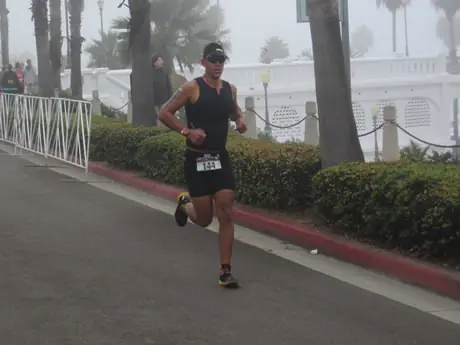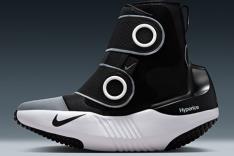
Want to know the secret to squeezing out an extra percent or two in performance gains? No, it's not some magical elixir or banned performance-enhancing drug.
The secret is to rest and recover in a way that lets you maintain fitness while eliminating fatigue.
More: The Art of the Ironman Taper
The peak or taper period is the crucial training phase prior to your "A" race. Do this right and you'll set yourself up for a nice bump in performance. Lucky for us, as the popularity of triathlon has grown, so has the research into performance tuning. Here's what they've discovered:
- The research has shown that you can consolidate your fitness gains and improve your performance by anywhere from 1 to 6 percent with 3 percent being the average. Depending on your race goals that can be pretty significant amount especially if your focus is long course races.
- Not all sports are created equal. For the most part it takes longer to recover from running than it does from cycling and it takes longer to recover from cycling than it does from swimming.
- The biggest adjustment to your training load is a reduction in duration by approximately 40 to 60 percent. A fast reduction in volume appears to provide the biggest benefit.
- Training frequency during the taper should be maintained at about 80 percent for highly trained athletes. For the "average joe," maintain training frequency at around 30 to 50 percent of normal to avoid de-training; do a minimum of two training sessions in each sport per week.
- Sustain your race-specific intensity in order to stay fit while you shed fatigue.
- The taper phase can run anywhere from 1 to 4 weeks with two weeks being appropriate for most triathletes. The key is to make your taper long enough to shake off the cumulative fatigue from earlier training and keep this phase short enough so as not to cause any de-training.
Remember, this research is focused on elite athletes doing a full taper for their key races. This makes perfect sense when you consider a percentage point in performance could mean the difference between big prize money and none.
Let's go over how you can adapt what the pros do for your needs.
- 1
- of
- 3
About the Author









Discuss This Article